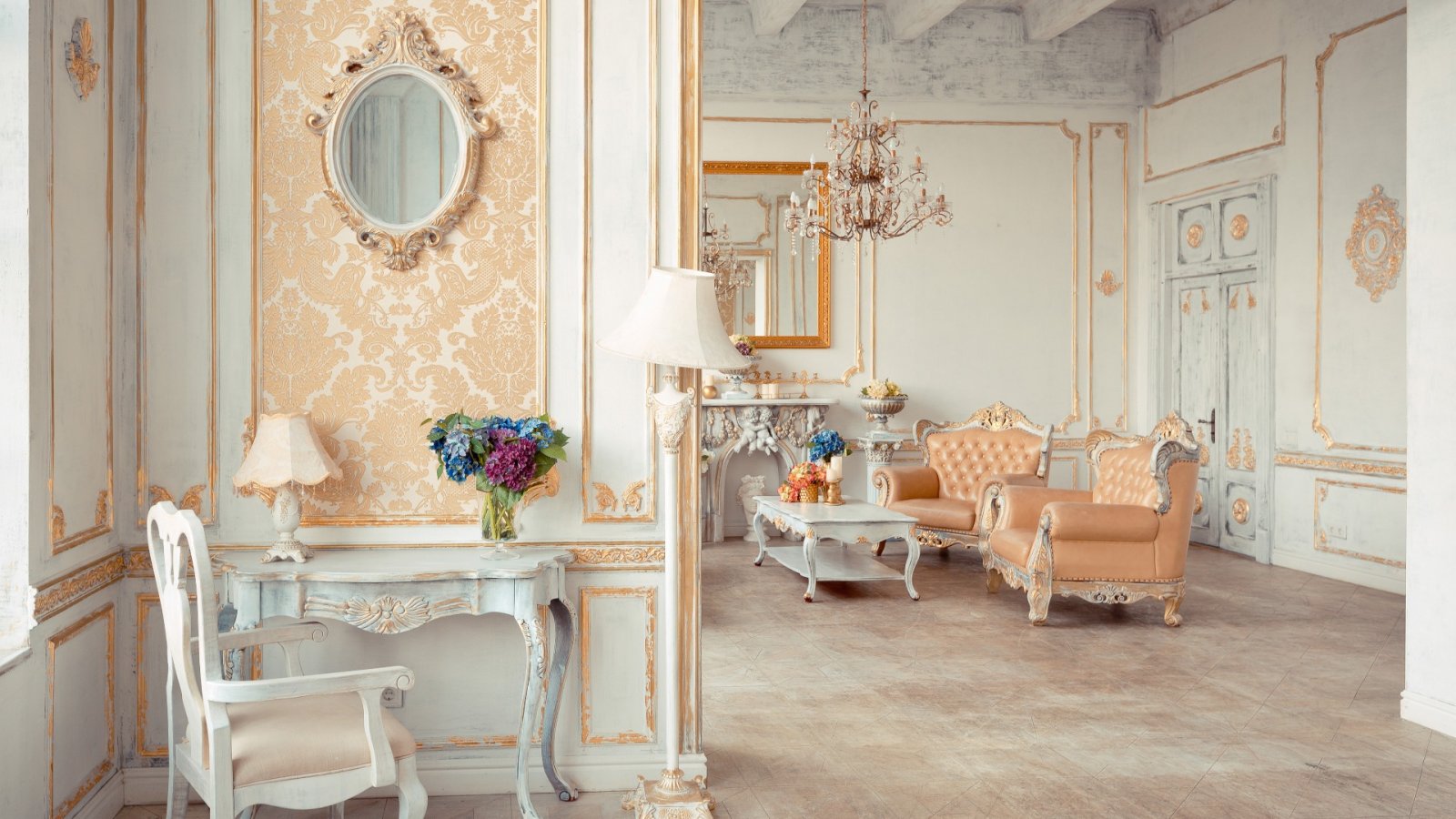The Hampshire estate known as Steventon House, which replaced the original building where Jane Austen penned many of her famous novels, is currently up for sale at a price close to $10.5 million. For those who have ever daydreamed about starring as a protagonist in a romantic Jane Austen tale, the chance may now be within reach. The Austen family's former residence is being sold through property advisors Savills, a globally renowned company. With this guide price, one can own a piece of literary history and immerse themselves in a romantic setting akin to those depicted in Austen's novels.
Featuring a range of period elements such as intricately carved fireplaces, high ceilings, ornate cornices, and hardwood floors, the Grade II-listed Georgian house currently occupying the Steventon estate is situated on 51.64 acres of land. Built in the early 19th century by Jane Austen's elder brother, Edward, the house stands in the place of the original Steventon residence where Jane was born and resided until 1801. It was during her time at this Hampshire location that she wrote some of her greatest literary works, including Sense and Sensibility, Pride and Prejudice, and Northanger Abbey. Subsequently, after her father retired from his role as a village rector for more than four decades, the family relocated to Bath, England.
Ed Sugden, the director of Savills country department, has described Steventon House as the birthplace of the legendary author Jane Austen. Though the original residence has been replaced, the current Georgian-style structure was built by Austen's elder brother Edward and is a fitting representation of the world she portrayed in her writing. Tatler reports that Sugden views the sale of Steventon House as an incredibly rare chance to inhabit one of Hampshire's, if not the UK's, most notable country homes. This Georgian-style house occupies a 51.64-acre expanse of land that instantly brings to mind the settings of Austen's novels. The property is enveloped by verdant forests, and the charming gardens, lined with pruned shrubbery and cherry trees, only add to the idyllic scenery. The undulating hills that stretch out beyond the house seem never-ending.
The interior of the current residence boasts six beautifully refurbished bedrooms, four bathrooms, and four reception areas. The period features that characterize the era in which it was built are evident in the ornately-carved fireplaces, high ceilings, intricate cornices, and hardwood floors. However, modern amenities such as a temperature-controlled wine cellar and contemporary kitchen appliances lend the house a touch of convenience. The exterior of the property offers a range of amenities as well, including a heated swimming pool, kitchen garden, tennis courts, a coach house, and a two-bedroom cottage.
Jane Austen's novels are lyrical about the countryside, especially if you read Mr. Bingley's words from Pride and Prejudice. Similarly, in Mansfield Park, Fanny Price expresses her unbridled admiration for Mr. Grant's Garden, remarking on the beauty and wonder of evergreens. It is reasonable to assume that Jane Austen herself shared some of the sentiments expressed by her novel protagonists regarding the country setting and the house in which they were written, given the recurring themes of these elements throughout her works.






